-
Research Reports
- High-Risk High-Reward
- Technical Analysis Reports
-
Low-To-Medium Risk
- Inflation Report
- Dividend Income Report
- Earnings Hunter Report
- kalGOLD® (Kalkine Gold Report)
- Healthcare Report
- KALIN®
- Kalkine Real Estate Report
- Kalkine Resources Report
- US Equities Report
- US Dividend Income Report
- Agriculture Report
- The Funds Report
- Global Tariff Report
- Global Travel and Leisure Report
- Diversified Themes Reports
- Model Portfolios
- Screeners
- Daily Insights
- Market Updates
-
AU

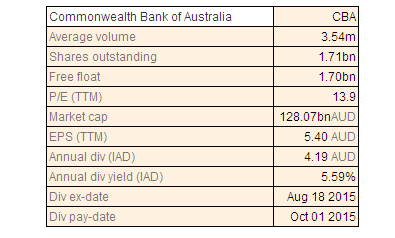
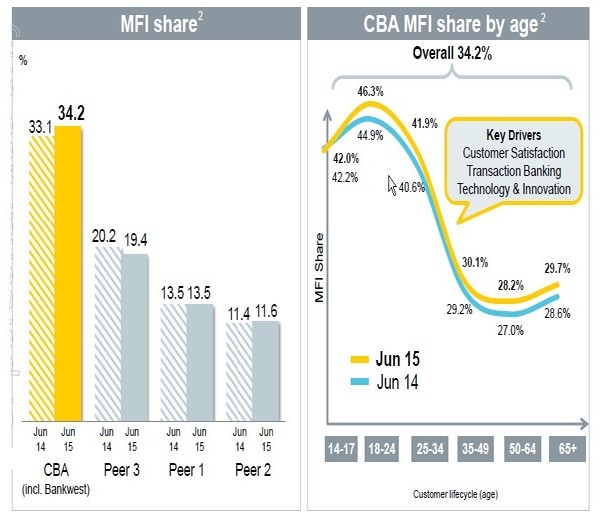
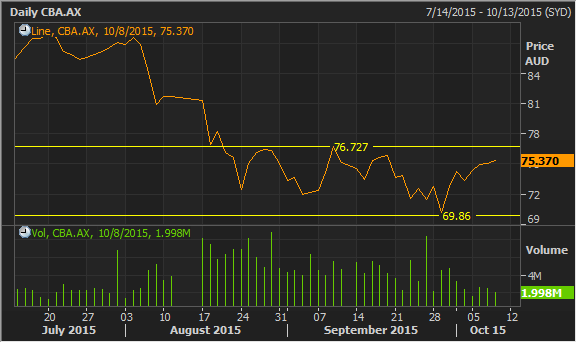
.png)
.jpg)
.bmp)
.png)
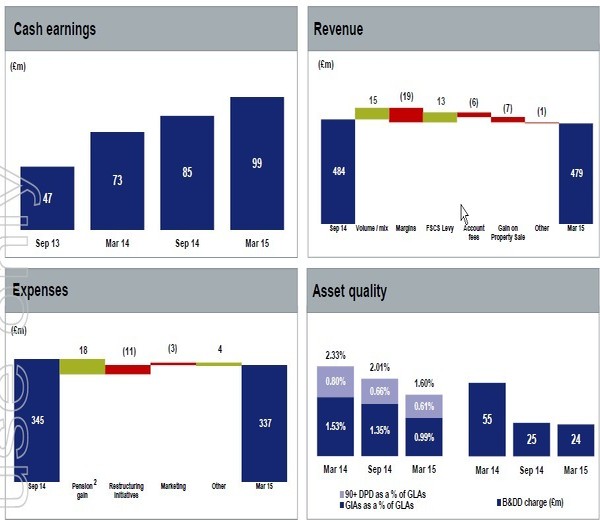
.bmp)
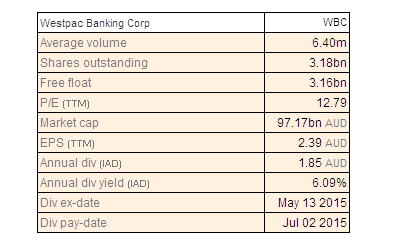

.bmp)
 Please wait processing your request...
Please wait processing your request...